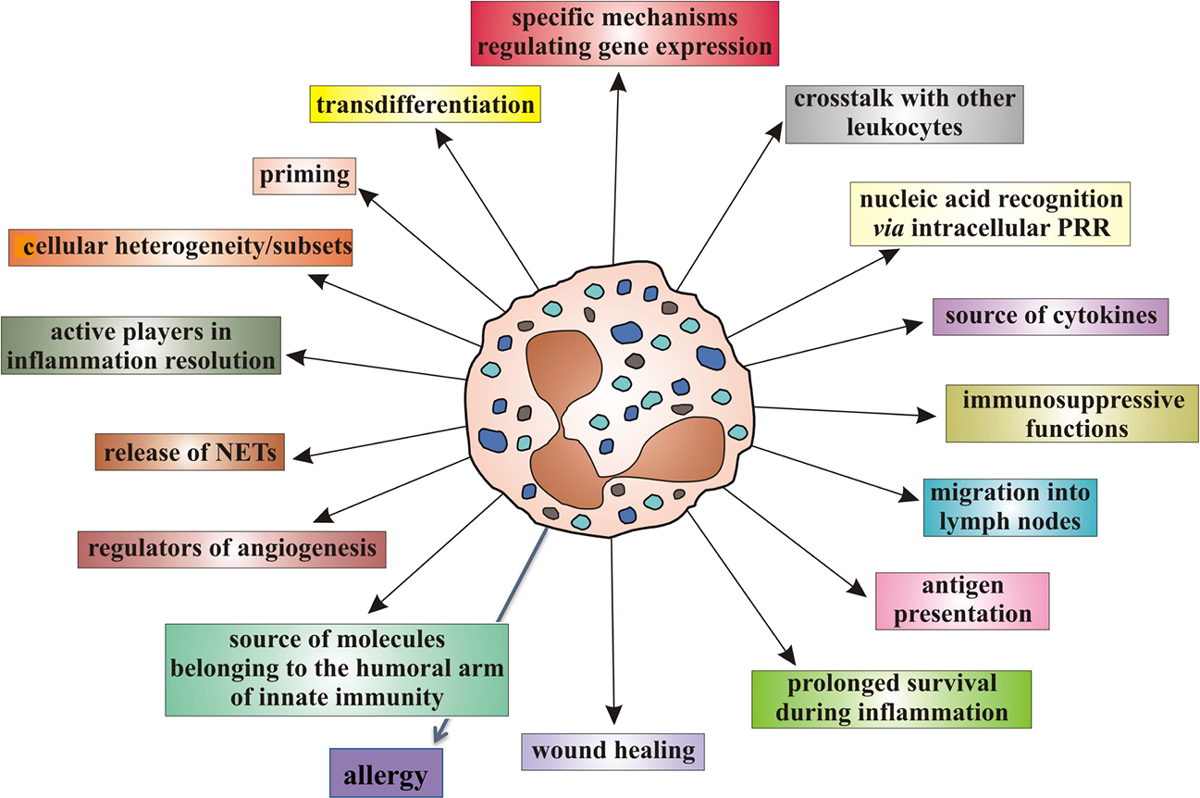The Rationale of Physiotherapy in Chiropractic
We would all like to thank Dr. Richard C. Schafer, DC, PhD, FICC for his lifetime commitment to the profession. In the future we will continue to add materials from RC’s copyrighted books for your use.
This is Chapter 1 from RC’s best-selling book:
“Applied Physiotherapy in Chiropractic”
These materials are provided as a service to our profession. There is no charge for individuals to copy and file these materials. However, they cannot be sold or used in any group or commercial venture without written permission from ACAPress.
Chapter 1: The Rationale of Physiotherapy in Chiropractic
The effects of electric current on the body have stimulated profound excitement in the field of physiologic therapeutics. Becker’s text, Body Electric, [1] clearly elucidates the effects that electric stimulation can have on the body. His work and that of others have flamed interest in types of modalities that might even duplicate the body’s intrinsic electric currents. Picker demonstrated that microcurrent stimuli could increase ATP production, increase protein syntheses, and impact positively on membrane transport. [2] Along with this new emphasis on duplicating the body’s energies, the chiropractic profession holds a great interest in rehabilitating the injured patient. Recent advances in electrotherapeutics such as the arrival of Russian stimulation and advanced technology in rehabilitation equipment have further nurtured this concern.
It is hoped that practitioners will use adjunctive procedures as a part of a holistic approach to total case management. Emphasis should be on those therapies duplicating the body’s natural responses, those that alleviate symptoms, and those that aid in restoring normal functions of the body.
INTRODUCTION
Chiropractic physiologic therapeutics encompasses the diagnosis and treatment of disorders of the body, using the natural forces of healing such as air, cold, electricity, rest, exercise, traction, heat, light, massage, water, and other forces of nature. To use these forces on a rational basis, the practitioner must have knowledge of their actions and an understanding of their predictable effects on the tissues and pathophysiologic processes involved.
The word physiotherapy is generally considered to be a shortened form for physiologic therapeutics: treatment by physical or mechanical means.
The term physical therapy is used in reference to the application of specific modalities, including rehabilitative procedures, concerning the restoration of function and prevention of disability following disease, injury, or loss of a body part. [3] The phrase may also be considered synonymous with the term adjunctive therapy. To improve circulation, strengthen muscles, improve or normalize joint motion, and normalize other functional imbalances, for example, the therapeutic properties of the natural forces of healing described above are applied.
The Council on Physiological Therapeutics of the American Chiropractic Association defines chiropractic physiotherapy as the therapeutic application of forces and substances inducing a physiologic response and use and/or allow the body’s natural processes to return to a more normal state of health. [4]
A variety of therapies has proved to be effective. The most common clinical applications include the therapeutic use of cold, electricity, exercise, rest, heat, light, massage, nutrition, oriental therapies, rehabilitative procedures, supports, braces, traction, trigger-point therapy, vibration, and water. See Table 1.1.
| Review the complete Chapter (including sketches and Tables) at the ACAPress website |





[…] The Rationale of Physiotherapy in Chiropractic. The following is Chapter 1 from RC’s best-selling book: “Applied Physiotherapy in Chiropractic” […]
Wonderful to read!